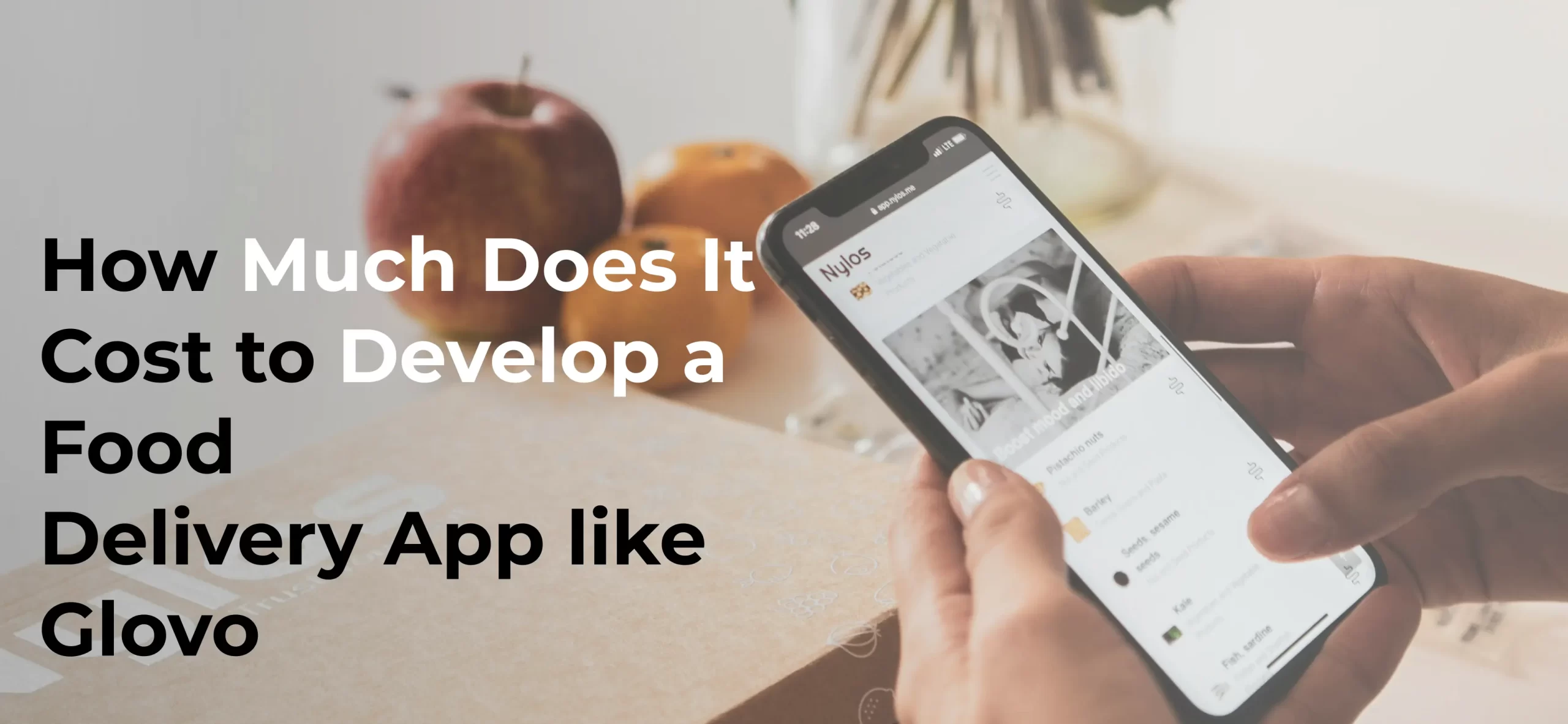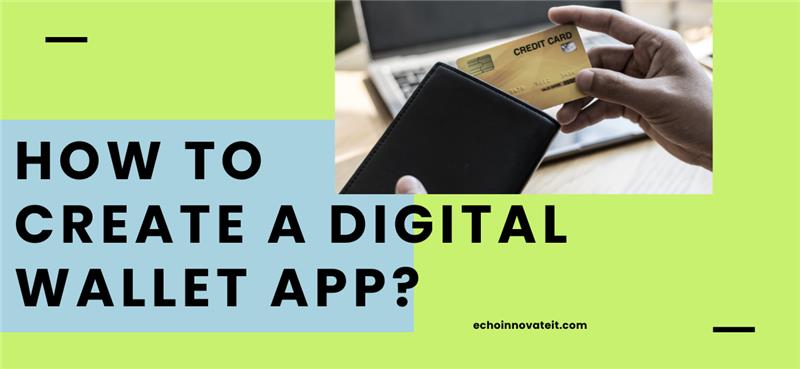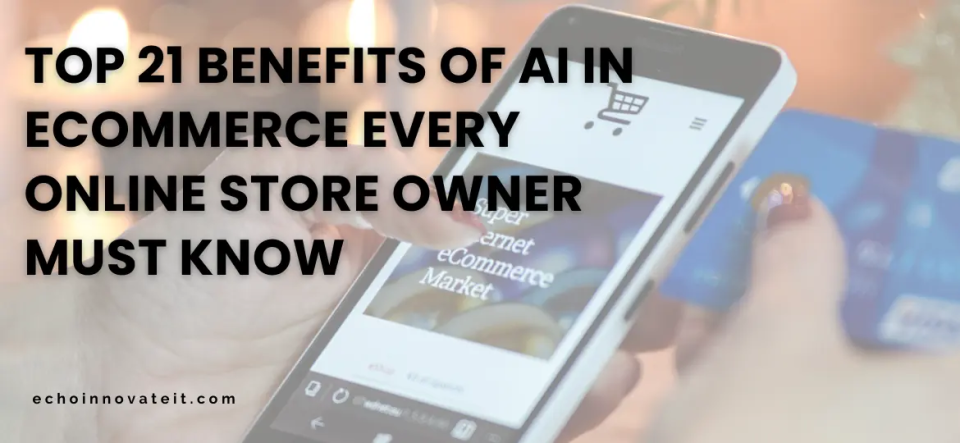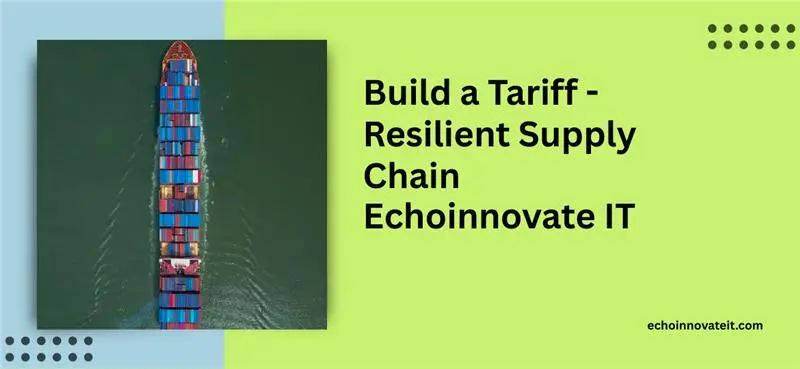Digital technology has revolutionized our dining habits, rendering food delivery apps essential components of urban life. Witness Glovo’s meteoric rise, offering everything from gourmet meals and groceries directly to consumers’ doorsteps – an unquestionable market opportunity for entrepreneurs seeking their niche in urban living.
Suppose you are exploring entering this dynamic sector. In that case, one of your initial and most pressing inquiries should be: “How much does it truly cost to develop a food delivery app like Glovo?”. Unfortunately, there’s no simple answer, as food delivery app development costs depend heavily upon various variables; understanding this cost for budgetary and strategic purposes is crucial to effective budgeting and planning purposes.
We will explore all the essential factors affecting how much it costs to build a food delivery app in this guide, from its key features and development stages to overall investment considerations and your vision for your app’s realization. At its conclusion, you will gain an in-depth knowledge of just what goes into creating such an investment and the costs involved with realizing its potential.
Understanding the Key Features of a Food Delivery App like Glovo
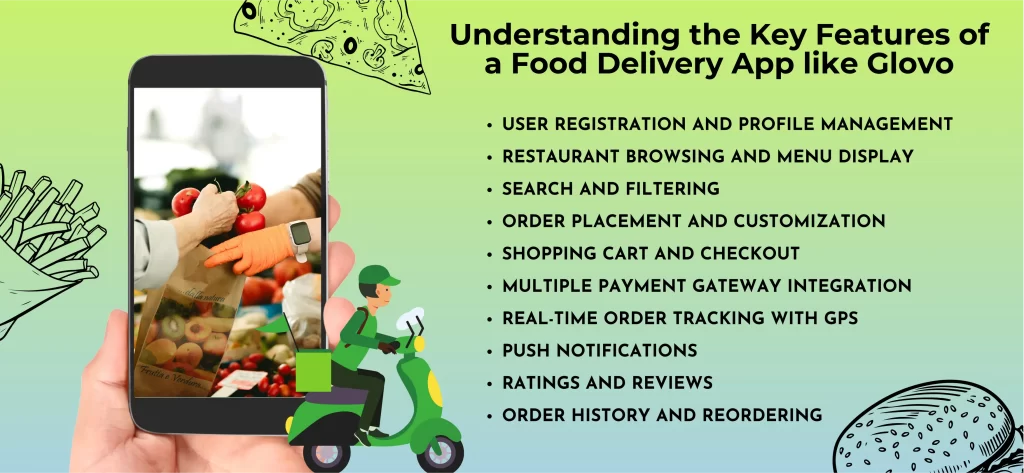
To accurately evaluate on-demand food delivery app development cost, it’s crucial to fully grasp all the features that make platforms like Glovo so successful. These sophisticated functionalities don’t serve only as bells and whistles – they determine user engagement, operations efficiency, and the complexity and expense of building a food delivery app like Glovo.
User Registration and Profile Management
At the heart of any successful app lies an intuitive onboarding experience for its users, typically via email, phone numbers, or social media accounts. Beyond initial sign-ups, robust profile management enables individuals to store personal details like delivery addresses, payment methods, and even specific dietary preferences – saving both time and enhancing user satisfaction by offering tailored recommendations directly through your app.
Restaurant Browse and Menu Display
At the heart of any food delivery is its ability to present an expansive range of culinary choices for users to access easily and seamlessly. They should easily navigate their way through an impressive list of restaurants, cafés and grocery stores before selecting their vendor – in which a clear, appealing, well-organized menu display should follow: featuring high-quality images of dishes along with detailed descriptions (for pricing as well as customization such as adding extra toppings or spice levels) will allow users to make informed choices when placing an order.
Search and Filtering
To ensure users can quickly locate what they’re craving from among a selection of eateries, efficient search and filtering capabilities are an absolute necessity. User needs intuitive tools to quickly narrow their options efficiently without decision fatigue, sapping their ordering experience – this may include searching by restaurant name, cuisine type (i.e., Italian, Indian Vegetarian, etc.), specific dishes, dietary restrictions (gluten-free or vegetarian, etc.), price range, or proximity. Advanced filtering capabilities add another level to user satisfaction by narrowing choices efficiently while speeding up ordering processes significantly.
Order Placement and Customization
Once users have finished building their virtual carts, order placement should be easy and secure. Users should be able to verify their selections, provide any special instructions to restaurants or drivers as necessary, and select their delivery time slot. Crucially, customization options must also allow them to modify orders by adding or subtracting ingredients or requesting specific preparations – mimicking an in-person dining experience while catering specifically to individual preferences.
Shopping Cart and Checkout
A shopping cart acts as a dynamic holding area for selected items before final purchase, clearly displaying each selected dish’s quantities, individual prices, and subtotal. The checkout process should be user-friendly, allowing them to review their order one last time before applying any applicable discount codes and selecting their delivery address – providing for a smooth transition from selection to payment with minimum abandonment rates and reduced abandonment rates.
Multiple Payment Gateway Integration
To effectively serve a broad audience and offer maximum convenience, food delivery apps must offer various payment methods. This usually entails connecting to several secure payment gateways that enable users to pay via credit/debit cards, Apple Pay/Google Pay wallets (UPI/net Banking/cash on delivery, etc), or cash on delivery – this increases friction reduction while meeting user preferences while increasing conversion rates.
Real-Time Order Tracking with GPS
One of the most valued features in modern delivery apps is real-time order tracking with GPS technology, offering users live updates of their order’s journey from preparation at the restaurant through dispatch, transit, and arrival at their doorstep. A map interface showing where their courier’s location, estimated arrival times, and status notifications are significantly helpful in improving transparency while relieving anxiety for a more satisfying experience for everyone involved.
Push Notifications
Push notifications provide users with timely alerts that keep them engaged throughout their ordering experience, such as order confirmation, status changes (e.g., “Food is being prepared,” “Driver is on his way”), delivery estimated times, and personalized offers or promotions. Efficient use of push notifications also minimizes users’ need to check back into an app frequently – creating an atmosphere of reliability and convenience!
Ratings and Reviews
Establishing trust within any platform is of utmost importance, and ratings and reviews play a pivotal role. After placing their order, users should have access to rate their experience both with the restaurant and the delivery driver, as well as leave written feedback based on this user-generated content. Not only can this content assist other customers in making more informed choices, but it can also provide insights for restaurants as well as app administrators looking to enhance service quality.
Order History and Reordering
A convenient “order history” section allows users to quickly review past purchases, such as restaurant, items ordered, total cost, and delivery date. In particular, “reordering” will enable customers to place previous orders with just a few taps quickly, saving both time and effort for regular customers who order their favorite meals often. This feature enhances user retention.
Factors Influencing the Cost of Developing a Food Delivery App Like Glovo
The development of an advanced food delivery app like Glovo doesn’t follow an automated pricing structure. Instead, its total costs fluctuate based on various variables related to complexity, timing, and resources needed. Understanding these varying costs is paramount for entrepreneurs or businesses looking to break into this lucrative food delivery market, while those planning in 2025 need accurate budgeting figures when considering food delivery app development cost 2025 as part of precise cost estimating.
Let’s examine some key factors that affect food delivery app development cost breakdown:
App Complexity and Features: More Is Merrier (And Costlier)
App complexity and features can be one of the largest cost drivers. A web app like Glovo consists of three interlinked applications (user, restaurant, and driver), each powered by its administration panel – adding new features will increase development hours as well as costs significantly.
Consider the difference between an MVP (Minimum Viable Product) with basic ordering and tracking functionalities and an app with advanced features:
AI-powered personalization: Recommends items based on past orders, diet preferences, or demographic information.
Group Ordering functionality: Enabling multiple users to add orders simultaneously.
Gamification elements: Loyalty programs and discounts for frequent users.
Multi-Delivery options: Scheduled deliveries, as well as pick-up services alongside standard deliveries, are offered as additional delivery choices.
Advanced search and filter options: From diet requirements and rating filters to dish-specific searching.
In-app chat: provides direct communication channels between users, restaurants, and drivers.
Multiple Language Support: Essential to global expansion.
Platform Selection (iOS, Android, or Both): Native Vs. Cross-Platform
Your choice of mobile platforms plays a pivotal role in controlling costs.
Native App Development: Constructing separate, dedicated apps for both iOS (using Swift/Objective-C) and Android ( using Kotlin/Java) offers optimal performance, user experience, and access to device features; however, it requires developing two distinct applications, doubling development costs.
Cross-Platform Development: By employing frameworks like Flutter or React Native, developers can write one codebase that can run both iOS and Android, significantly decreasing the time and costs of development while making it attractive for startups or those on tight budgets. Cross-platform apps may not offer seamless integration of native device features compared to fully native apps, so their selection depends on factors including budget constraints, desired performance goals, time-to-market goals, etc.
User Interface and Experience Design (UI/UX Design): Beyond Looks
User Interface (UI) and User Experience (UX) design are more than aesthetic; they play a vital role in user retention and satisfaction. A custom, intuitive, visually attractive design that offers a seamless user journey will require greater investment than using pre-made templates or having no design at all. Factors which influence UI/UX cost include:
Complexity of visual elements: Custom illustrations, intricate animations, and distinctive branding elements must all be featured to draw users in and facilitate an efficient experience for them.
User flow complexity: Establishing all possible user interactions while guaranteeing an empathetic pathway that flows logically for them is required to meet company goals.
Research and Prototyping: Carrying out thorough user research, wireframing, and interactive prototyping sessions is crucial in validating design choices and validating design choices for an app’s design.
Brand Identity Integration: Ensuring that its appearance matches that of your brand perfectly is also of utmost importance when developing it for mobile platforms.
Backend Infrastructure: An Unseen Powerhouse
Your food delivery app’s backend infrastructure acts like the brain of its app; it stores all data storage, server logic, API integrations, and communications between user, restaurant, and driver apps – as well as handling the complex scalability requirements of this part. Our recommendations when considering backend costs:
Database Design: Selecting and Implementing the Appropriate Database Type (e.g., SQL or NoSQL) in order to manage large amounts of user, order, and restaurant data.
API Development: Producing safe APIs that facilitate communication among app components as well as third-party services.
Server Infrastructure: Selecting cloud hosting providers (AWS, Google Cloud, or Azure) and configuring servers with optimal settings to meet peak traffic demands while meeting performance and scaling objectives is vital to meeting peak loads.
Real-Time capabilities: Implementing real-time communication for order tracking, chat, and notifications requires more sophisticated backend architecture. Security Measures: Employing effective security protocols that safeguard sensitive user and payment data.
Third-Party Integrations: Connecting the Dots
Food delivery apps rely heavily on third-party integrations for optimal operation. Each integration adds extra development time and complexity for any given app; common third-party services that need integration include:
Payment Gateways: Connecting seamlessly to leading and secure payment providers (Stripe, PayPal, or local payment systems) to facilitate seamless transactions.
Map Services: Utilizing APIs of Google, Apple Maps, or OpenStreetMap for tracking locations and optimizing driver routes while showing restaurant locations is one option available to organizations looking to utilize map services in their business operations.
Push Notification Services: Leveraging services like Firebase Cloud Messaging or OneSignal to send real-time alerts directly to users, restaurants, and drivers, whilst SMS Gateway allows sending verification codes or order updates via text messaging.
Analytics Tools: Integrating with platforms like Google Analytics or Mixpanel to track user behaviors and app performance.
Customer Support Tools: Connecting chat platforms or ticket systems for efficient customer care services.
Development Team Location and Size:
Geography Influences Your development team’s geographical location plays a pivotal role in their hourly rates; typically, development costs tend to be highest in regions such as North America or Western Europe while remaining moderate or more reasonable elsewhere (i.e., East Europe or parts of Asia).
Also, the size and composition of your development team (UI/UX designers, frontend developers, backend developers, QA engineers, project managers) have an effect on overall costs; more experienced teams tend to deliver quicker but at higher price points.
Technology Stack (Tools of the Trade)
Selecting programming languages, frameworks, and databases that make up a “technology stack” will also affect development time and cost; some technologies might present steeper learning curves or have limited pools of experienced developers, which increases costs significantly. Examples may include:
Frontend technologies: React Native, Flutter, Swift (iOS), Kotlin (Android). Backend languages used: Node.js, Python, Django/Flask) Ruby On Rails Java Spring Boot
Databases (PostgreSQL, MongoDB, and MySQL)
Testing and Quality Assurance (QA): Ensuring Flawless Operation
It is integral for an app’s successful launch that thorough testing and quality assurance (QA) be conducted prior to release; this phase involves finding bugs, glitches, and performance issues across various devices, operating systems, and network conditions – these cost factors should include;
Types of Testing: Functional, Integration, Performance, Security & Usability Testings. Automated Vs. Manual Testings: Though automated testing can require more of an initial investment up front, in terms of time savings, it often offers greater advantages in the long term.
Number of Quality Assurance Engineers: An effective testing strategy requires having an in-house quality assurance team dedicated solely to testing. Skimping on this aspect could result in buggy apps, negative user reviews, and, ultimately, the failure of your venture.
Ongoing Maintenance and Updates: the Long-term Investment
App development doesn’t end when it’s launched. In order to keep your food delivery app competitive, secure, and functional for consumers – ongoing maintenance and updates must be factored into your long-term budget as ongoing costs. These should include things such as:
Bug fixes: Attending to issues post-launch.
Security updates: Protecting against emerging threats and vulnerabilities.
Server maintenance: Ensuring backend servers run optimally while scaling them accordingly.
Features enhancements: Based on user feedback and market trends, adding or improving existing features.
Operating system updates: Ensuring compatibility with new versions of iOS and Android. Third-party API changes: Adopting updates from integrated services.
Monetization Strategies for a Food Delivery App
Building an app to provide food delivery services is only half of the battle; another critical part involves its financial viability. Successful apps like Glovo employ various monetization models for revenue generation. Understanding these models is crucial if businesses wish to enter this highly competitive marketplace.
Commission from Restaurants
Commission from restaurants is one of the main revenue streams for most food delivery apps. An app charges restaurants a percentage of each order placed through its platform as a commission (typically 15% to 30% depending on the market, app market share, and level of service provided (i.e., delivery logistics management or not). Restaurants typically benefit from increased visibility, access to wider customer bases, and often outsourced delivery logistics as part of this arrangement, making this arrangement both lucrative and mutually advantageous for both parties involved.
Delivery Fees Charged to Customers
While restaurants receive commission for deliveries made on customers’ behalf, customers typically are charged delivery fees to cover some of the delivery expenses. This fee may be fixed or determined based on distance; sometimes fluctuation also takes place; it serves as a direct contribution of the end user to operational expenses of delivery networks, it acts as a direct contribution from users towards operational costs of delivery networks and should be set strategically; too high fees could deter customers, while too little may not adequately cover logistics needs.
Surge Pricing at Peak Hours
In order to balance supply and demand during periods of high demand, such as lunch or dinner rushes, holidays, or adverse weather conditions, many food delivery apps use surge pricing – temporarily increasing delivery fees or food prices at these peak periods to incentivize more drivers into service faster during busy periods while simultaneously creating additional revenue for their platform. Transparency and careful implementation are vital to avoid alienating customers.
Subscription-Based Delivery Plans
One trend emerging within food delivery is subscription models. Customers pay a recurring monthly or annual fee in return for benefits like unlimited free deliveries, reduced service fees, or exclusive discounts, creating customer loyalty while encouraging more frequent ordering from subscribers and creating a stable revenue source for apps such as Uber One and DoorDash’s DashPass offering compelling value propositions to frequent users.
In-App Advertising
Food delivery apps can leverage their large user bases to generate additional revenues through in-app advertising, including banner ads, sponsored content, or offers from non-restaurant businesses (e.g., local stores or events). While less prominent than core revenue streams, this adds another avenue of monetization by connecting relevant advertisers with relevant audiences within an app environment.
Restaurant Featured Listings
Restaurants may pay an annual subscription to increase their visibility within an app, appearing at the top of search results, in prominent carousels, or within “featured” sections. This “pay-to-play” model helps restaurants gain increased exposure within competitive markets while creating direct advertising revenue streams from business partners by incentivizing restaurants to invest in their presence on this platform.
Conclusion
Building or developing an app like Glovo requires significant investments of time, resources, and capital. We have seen that its total costs don’t remain fixed over time but fluctuate depending on key decisions regarding the complexity of features selected, platform compatibility, design intricacies, backend infrastructure needs, and third-party integration requirements, as well as expertise of your development team – each one contributing towards its cost and eventual success of this venture.
Preparing to launch a successful food delivery platform starts well before any line of code is written. Successful launch requires thorough planning and an outline of all desired functionalities and user journeys; careful feature selection with core functionalities prioritized for an initial launch MVP while advanced additions are planned in later phases; reliable development partners who understand the on-demand delivery landscape as they transform your vision into robust yet user-friendly applications; most of all it relies upon selecting an experienced development team whose skills translate your vision into robust applications built from user insights based on user needs.
Before embarking on this rewarding journey, we strongly suggest businesses conduct extensive market research. Gain an in-depth knowledge of your target audience, competitors, and market gaps, as well as outline your requirements and unique selling proposition. Doing this initial work will not only refine your app idea further but will provide accurate cost estimation as well as a speedier development timeframe.
Although an investment, the potential return in the rapidly expanding food delivery market can be immense. Consumer preferences increasingly lean toward convenience and on-demand services; an effective food delivery app could capture significant market share while building customer loyalty and opening multiple revenue streams.
Are you ready to bring your food delivery app idea to life? Echoinnovate IT excels in crafting custom, scalable, and feature-packed on-demand delivery solutions tailored to individual business requirements. Our team of specialists is on hand at every stage, from initial concept through planning to successful execution and ongoing support – let us create something revolutionary together.
How Much Does It Cost to Develop a Food Delivery App like Glovo
How much does it cost to develop a food delivery app like Glovo?
Automotive digital transformation refers to the integration of digital technologies like IoT, AI, cloud computing, and big data into the automotive industry. It aims to enhance manufacturing efficiency, improve the customer experience, enable connected vehicle services, and streamline operations across the supply chain.
What factors affect the cost of a Glovo-like delivery app?
Key factors that influence the cost include:
Number of features (e.g., real-time GPS tracking, chat, offers)
Platforms (iOS, Android, Web)
Third-party integrations (payment gateway, maps, SMS)
Admin panel complexity
UI/UX design quality
Development location (USA-based teams cost more than India-based)
Can I start with an MVP to reduce cost?
Yes, developing a Minimum Viable Product (MVP) is a smart approach. An MVP with core features like restaurant listing, ordering, delivery tracking, and payments can cost between $20,000 – $40,000. You can launch faster and scale with more advanced features later based on user feedback.
